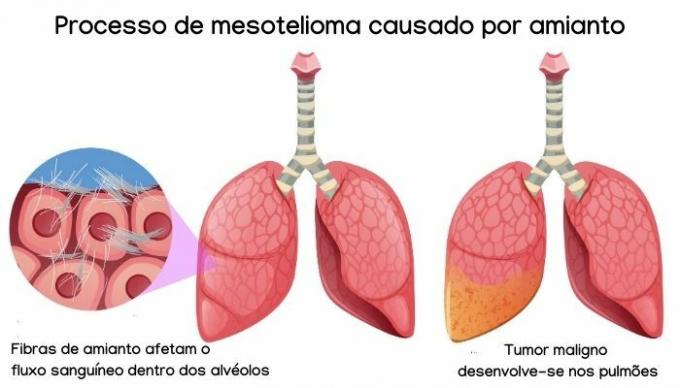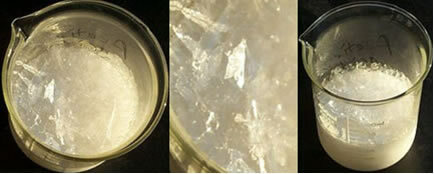Is there a fire that does not produce smoke? The answer is yes and it can be found in your home, more precisely on your home stove. Maybe you never noticed, but the flame that heats your lunch has a blue color, this color means complete combustion (total reaction with oxygen). It is produced by combining the fuel - liquefied petroleum gas (LPG), better known as cylinder gas - with the oxidizer (oxygen in the air).
For a better understanding, let's pay attention to the definitions:
- Fuel is the oxidizable material (solid, liquid or gaseous) capable of reacting with the oxidizer;
- Oxidant is the gaseous material (usually oxygen) that can react with a fuel, thus producing combustion;
Another factor that contributes to a cleaner flame (blue) is the composition of the fuel, as an example compare the flame on the stove and the one produced by a candle. The first is produced by burning gases (oxygen and LPG), while the second involves paraffin, which is derived from petroleum and rich in carbon. The flame produced by gases is blue and does not produce smoke, unlike the burning of paraffin: yellow flame that produces smoke.
One more question: Why when the gas is about to run out does the flame acquire a reddish color? The gas is in minute quantities and its mixing with the oxygen in the air does not occur completely. The proof of incomplete combustion is in the soot that accumulates at the bottom of the pan. In this case, the reaction between the LPG fuel and the oxygen oxidizer is unbalanced.
Now you know! Fire that does not produce smoke is blue in color.
Do not stop now... There's more after the advertising ;)
By Líria Alves
Graduated in Chemistry
Brazil School Team
See more!
What is the physical state of fire?
Bunsen burner: practical class
Chemistry Curiosities - Chemistry - Brazil School
Would you like to reference this text in a school or academic work? Look:
SOUZA, Líria Alves de. "Fire that does not produce smoke"; Brazil School. Available in: https://brasilescola.uol.com.br/quimica/fogo-que-nao-produz-fumaca.htm. Accessed on June 28, 2021.


